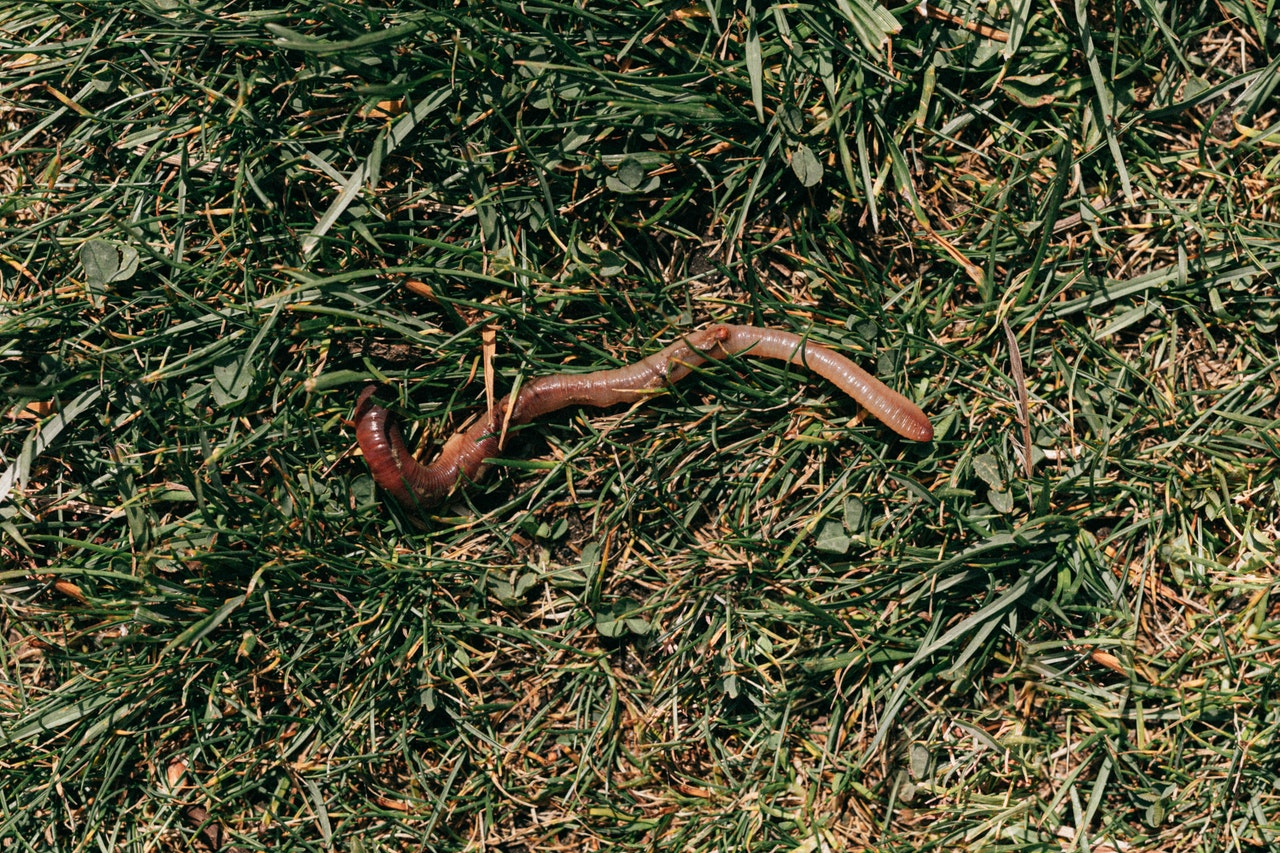Earthworms introduced to the northern part of North America harm insect fauna above ground, soil ecologists led by the German Center for Integrative Biodiversity Research (iDiv) and the University of Leipzig noted in the journal Biology Letters.
The researchers found this effect on insects’ abundance, biomass, and species richness. The results from the research indicate that differences in insect communities may have reasons that have received little or no attention during the past decades, National Geographic reported.
Since the last ice age, about 10,000 years ago, there have been almost no earthworms in northern North America. However, earthworms have been introduced over the past few centuries, probably through soil and plant transport from Europe. They should be given more attention to the protection of nature.
The earthworms have since been dispersed all over, causing significant change to the soil. In turn, this has caused far-reaching consequences for the soil ecosystem. However, the impact that these worms had has rarely been discussed.
The researchers did the study in a forest near Calgary, Canada, in areas inhabited or uninhabited by large populations of earthworms.
The researchers used vacuum insect samplers to capture the insects aboveground, and then they compared catches against each other.
They found that insects’ abundance, biomass, and species richness in areas with and without invasive earthworms differed significantly.
Insects above ground attacked by invasive earthworms underground. “We expected that earthworms would impact above ground insects,” said study lead author Dr. Malte Jochum from iDiv and the University of Leipzig.
Whereas most insects are herbivores, there is another theory that the decline in insect numbers could be due to changes in vegetation. This could be additionally caused by changing soil conditions.
However, in this case, the researchers could not detect any significant changes in the number of plant species or land cover.
“But this does not rule out the influence of plants,” Jochum explained. However, data on plant communities’ species composition and other functional characteristics have yet to be evaluated.
The increase in the number of predatory species of insects and spiders is also striking, as they seem to benefit from the change.

